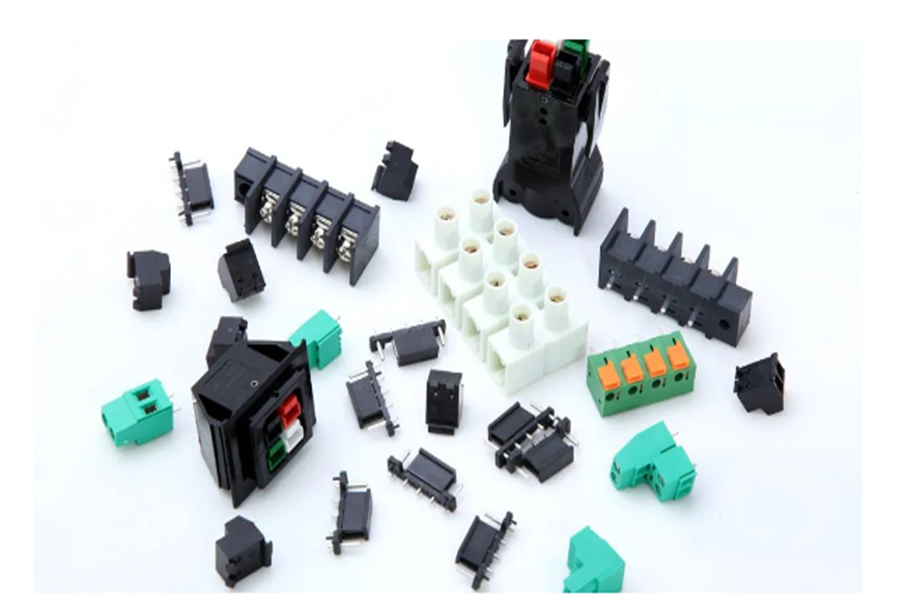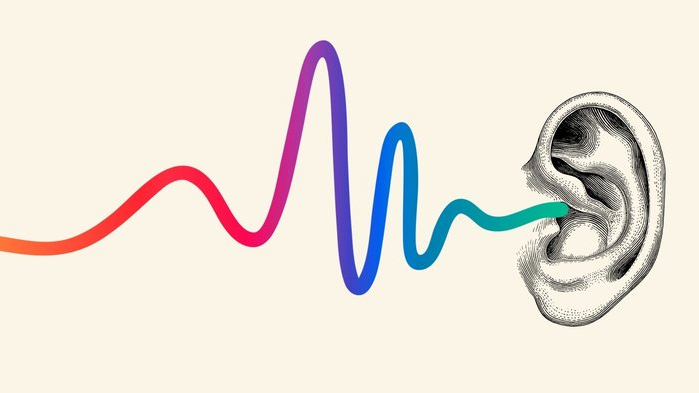
Refining to the field of hearing aids is an acoustic measurement of the interventional gain at the location of the ear near the tympanic membrane. Through the measured data, more objective understanding of the actual compensation of the sound of the hearing aid, can not meet the patient’s hearing requirements: whether the small sound can be heard, whether the middle sound is heard clearly, loudly sounds difficult to uncomfort, at the same time, according to the test data Accurately debug the parameters of the hearing aid to achieve the best results.

The external auditory canal has a resonance amplification effect on the sound, but the acoustic characteristics of the external auditory canal are different, and the acoustic characteristics of the external auditory canal of children and adults are very different. Therefore, if only the traditional evaluation method is used, accurate results are often not obtained. . For example, children cannot cooperate with behavioral audiometry, and can only use electrophysiological methods to assess hearing thresholds, hearing fluctuations due to middle ear and inner ear diseases, and so on.
Our real ear analysis will penetrate the probe that collects sound into the tympanic membrane of the external auditory canal, and record the gain of the hearing aid in the ear tympanic membrane of the human ear, so that the hearing aid of the audiologist or the fitter can be more accurate, and the most suitable patient can be debugged. The desired hearing aid gain value.
The understanding of the sound, the small children will not express at all, the older children are often unclear because of the first contact with the clear voice, then, can the amplification of the child’s hearing aid meet the child’s speech development needs? Is the amplification reasonable and safe? We can measure it objectively through real ear analysis.

As shown above, the real ear analysis accurately calculates the loud target gain (purple dashed line), the middle sound target gain (orange dashed line), and the low sound target gain (blue dashed line) based on the child’s audiogram. And the actual gain of the hearing aid: loud actual gain (purple solid line), medium sound actual gain (orange solid line), low sound actual gain (blue solid line), if both are as close as possible to the target gain, and the maximum output (green Line) can be within the safe range (green dotted line). Such debugging data is the best debugging for the child. Of course, the important point is that the audiogram must be tested accurately. Moreover, for the hearing impaired person who wears the hearing aid for the first time or just wearing the hearing aid, the actual gain curve should be lower than the target gain curve value.
The child’s language 80% is formed between 1-3 years old. Many deaf children are mainly due to the diagnosis and correction of deafness, so we have been emphasizing early intervention. Accurately detecting the child’s hearing, matching the appropriate hearing aid, the amplification of the hearing aid can meet the needs of children’s language development, it is the premise and key.
• X-rayX. Real-ear Unaided Gain (REUG), also known as Real-ear Unaided Response (REUR), is the response of the ear canal to the sound source when the hearing aid is not worn. The natural magnification of the external auditory canal varies greatly from person to person. It measures the insertion of a probe into the proximal tympanic membrane with the ear canal completely open, and the sound intensity at each frequency point in the ear canal is detected by the probe, minus the sound source recorded by the reference microphone at the proximal ear canal. Sound pressure level.
• 2. Real-ear Aided Gain (REAG), also known as Real-ear Aided Response (REAR), refers to the sound pressure level at the tympanic membrane minus the hearing aid under working conditions. The gain or response obtained from the sound source sound pressure level recorded by the reference microphone at the proximal ear canal.
• 3. Real-ear Insertion Gain (REIG), also known as Real-ear Insertion Response (REIR), refers to the ear canal with hearing aids and without hearing aids, respectively in the proximal tympanic membrane The difference in sound pressure level obtained. That is, the real ear hearing aid gain minus the data obtained by the true ear hearing aid gain.
The difference between it and the real ear hearing gain is that the intervention gain takes into account the natural changing effect of the ear canal on the sound source characteristics, and the true ear hearing gain does not take this factor into consideration.
• 4. Real-ear Occluded Gain (REOG), also known as Real-ear Occluded Response (REOR), refers to the ear canal with ear mold or hearing aid (the hearing aid does not work), near The sound pressure level at the tympanic membrane minus the gain or response obtained from the sound source sound pressure level recorded by the reference microphone at the proximal ear canal.
It reflects the influence of earplugs, ear molds, and hearing aids on the natural characteristics of the auricle and ear canal after insertion into the ear canal.
• 5. Real-ear Coupler Difference (RECD) refers to the difference between the response of a hearing aid at the tympanic membrane of the real ear and its response in the 2cc coupling cavity.
It reflects the difference in the frequency response of the hearing aid output caused by the skull, auricle, ear canal, etc. after the 2cc coupled cavity simulation ear test and the real ear test of the hearing aid.

• 1. Environmental requirements: The environment is quiet and the patient is as quiet as possible during the test.
• 2. Clean the external auditory canal: Clean the external auditory canal before testing.
• 3. Azimuth of the speaker: Generally, the angle between the sound source and the test ear 0° or 45° is used, and the tester and the speaker are kept at the same level, about 50cm from the speaker.
• 4. Test signals: arpeggios, narrowband noise, wideband noise, speech noise, etc.
• 5. Test probe position: the general probe should exceed the hearing aid or the inner end of the ear mold 5mm, as far as possible.
Link:How much do you know about real ear analysis?
REF: Hearing amplifier, BTE Hearing Aids, Digital Hearing AidsThe article comes from the Internet. If there is any infringement, please contact service@jhhearingaids.com to delete it.






